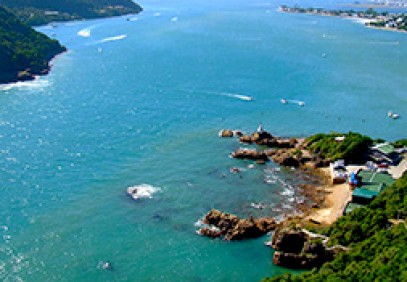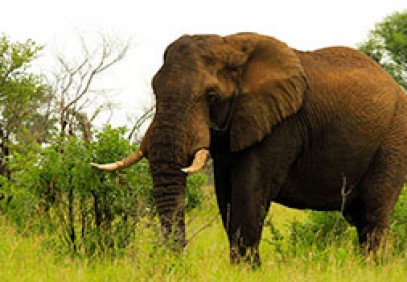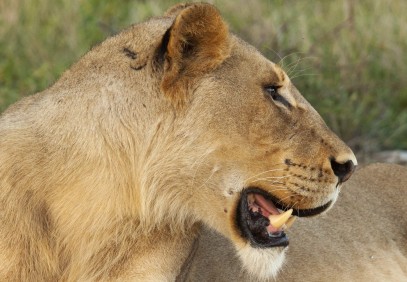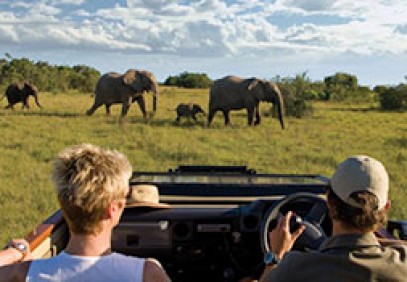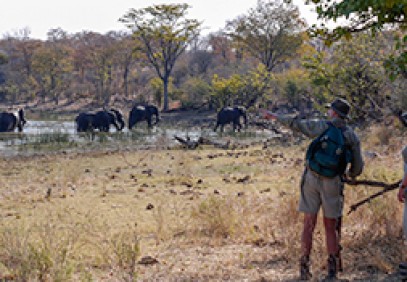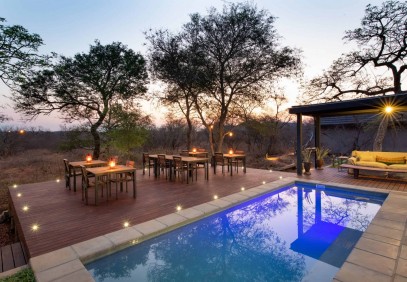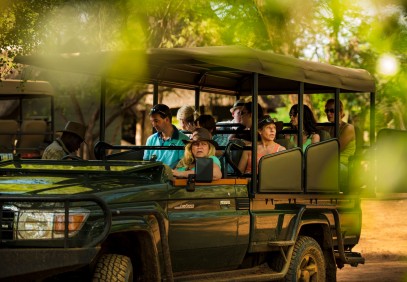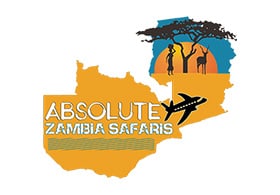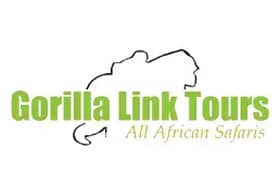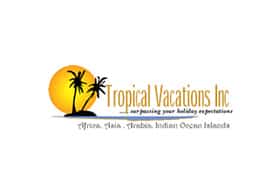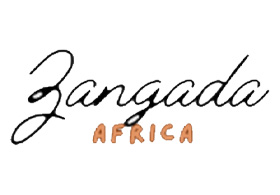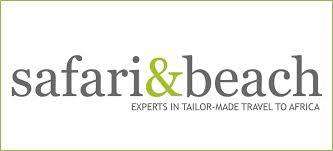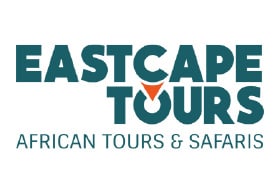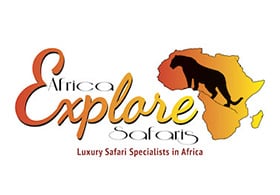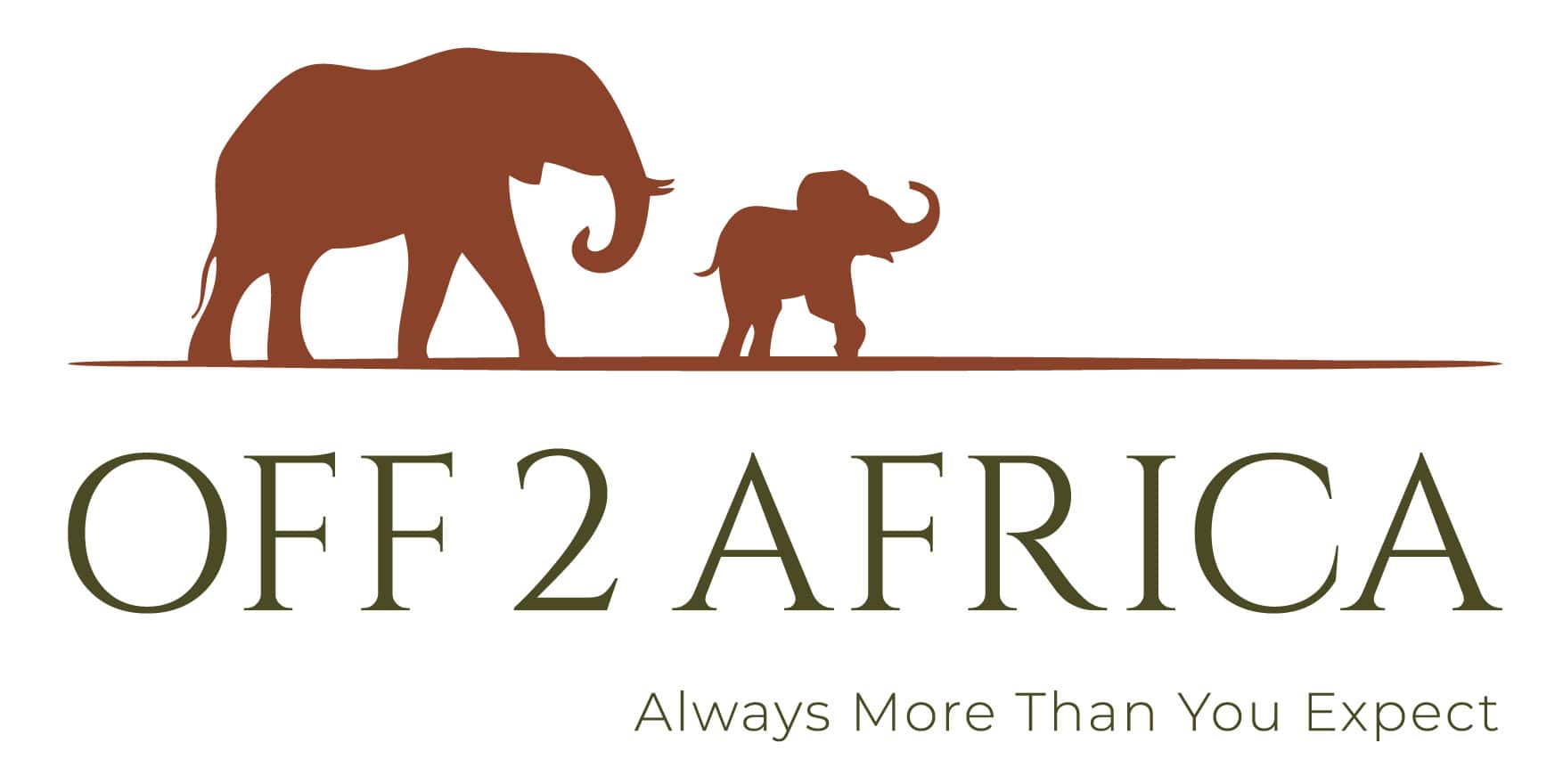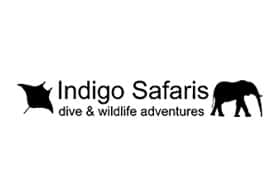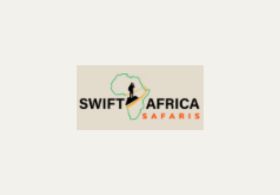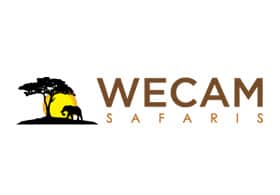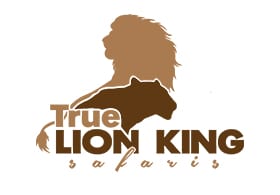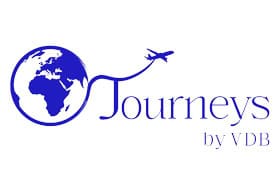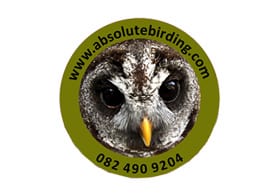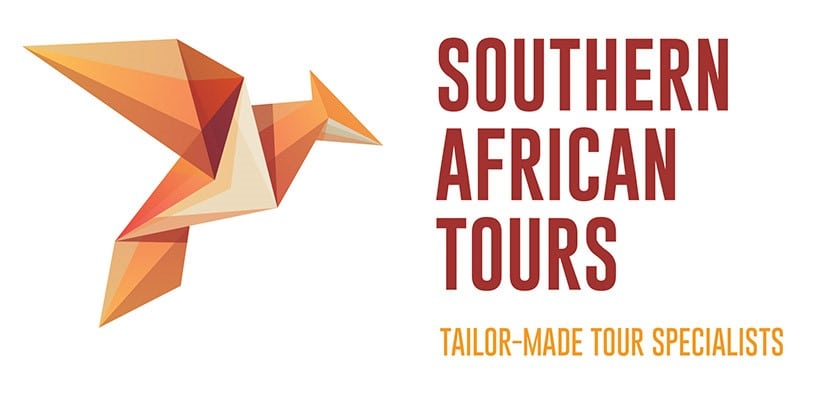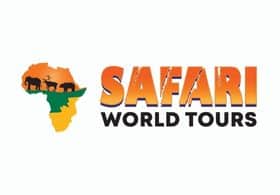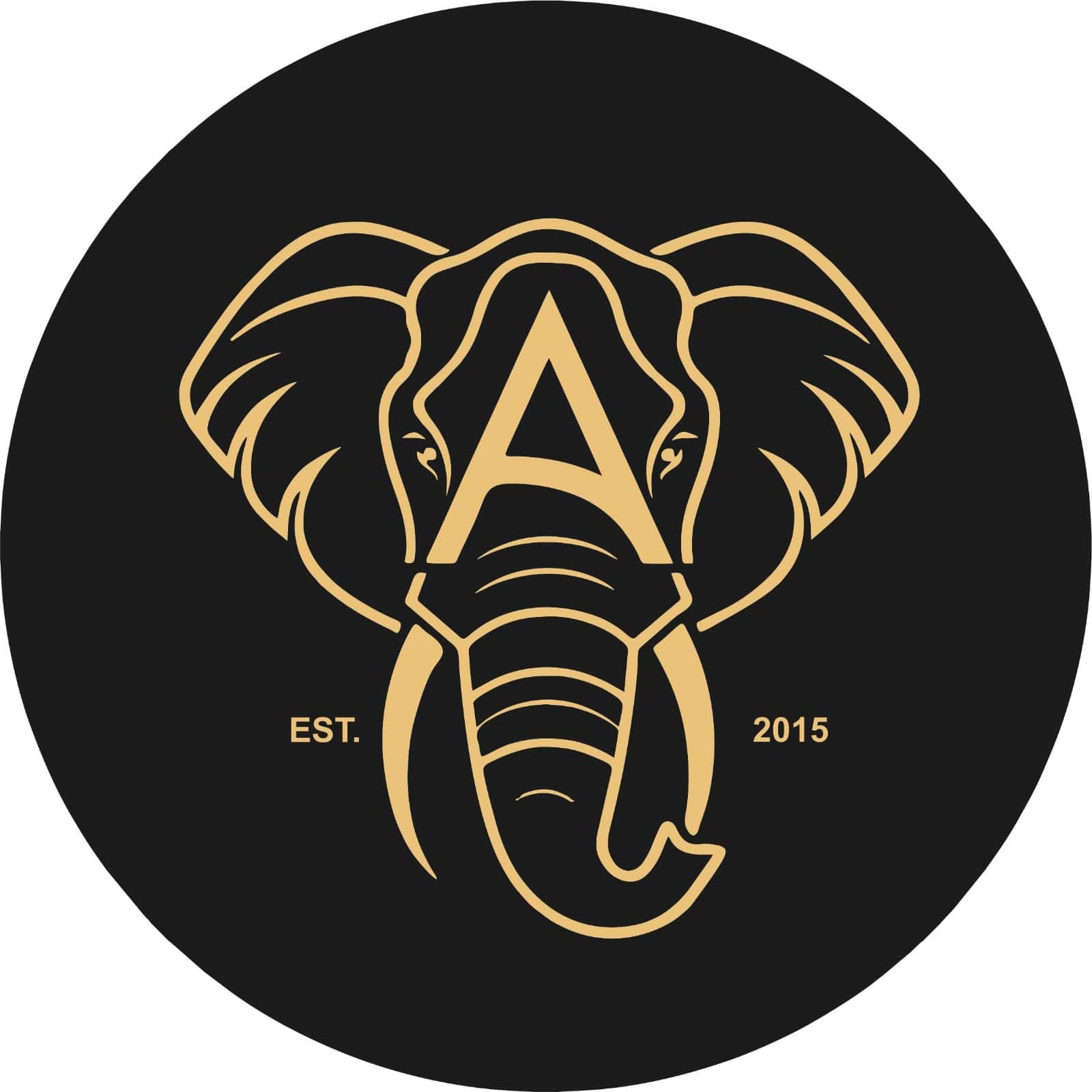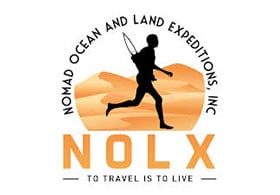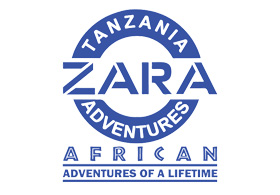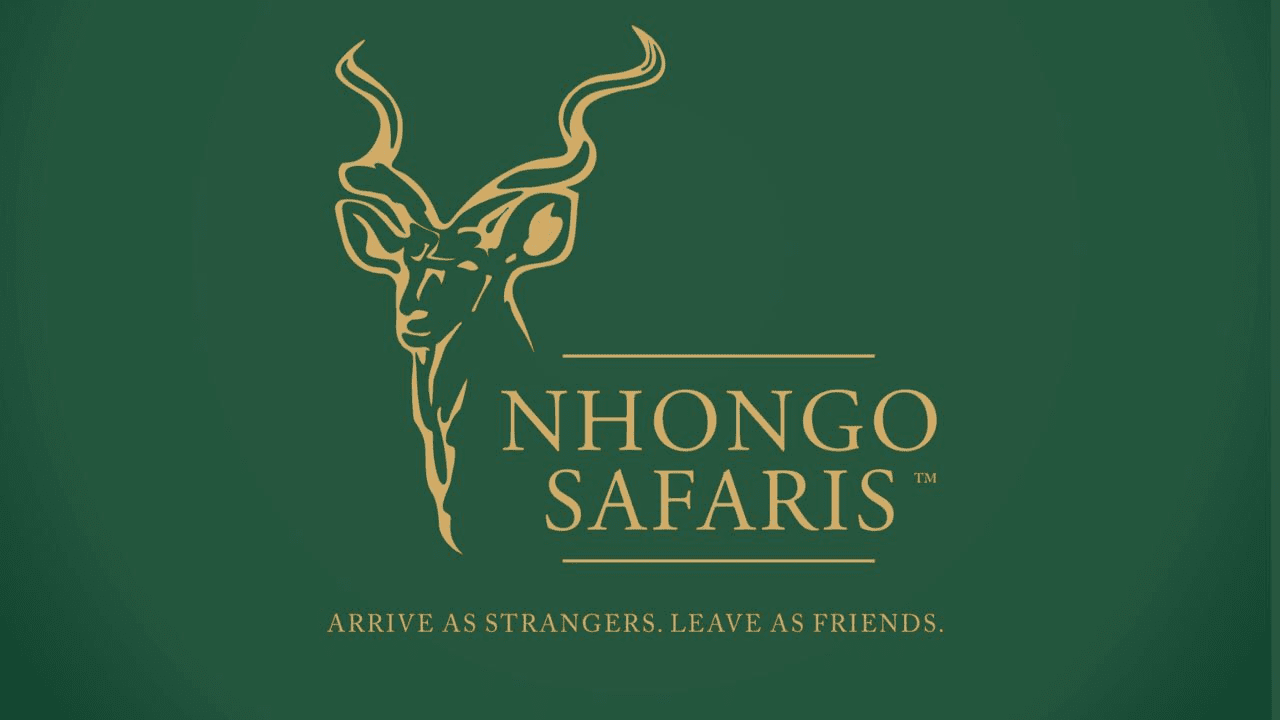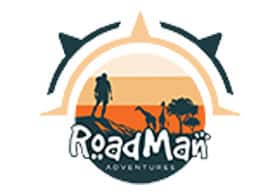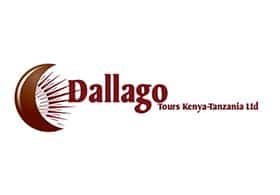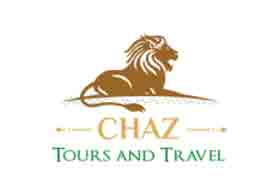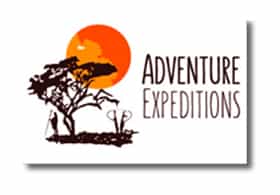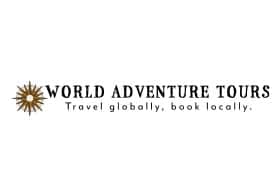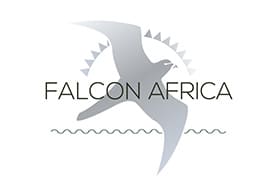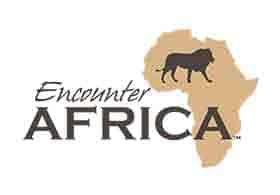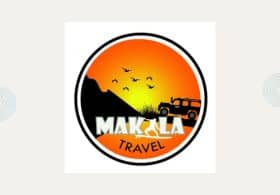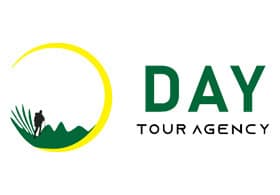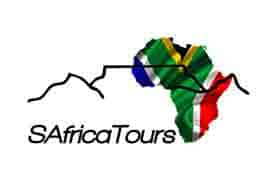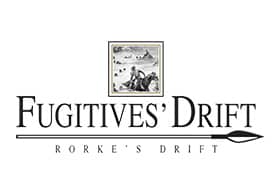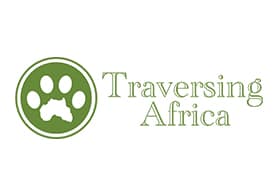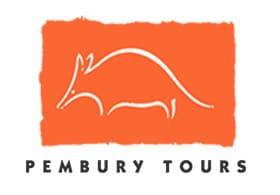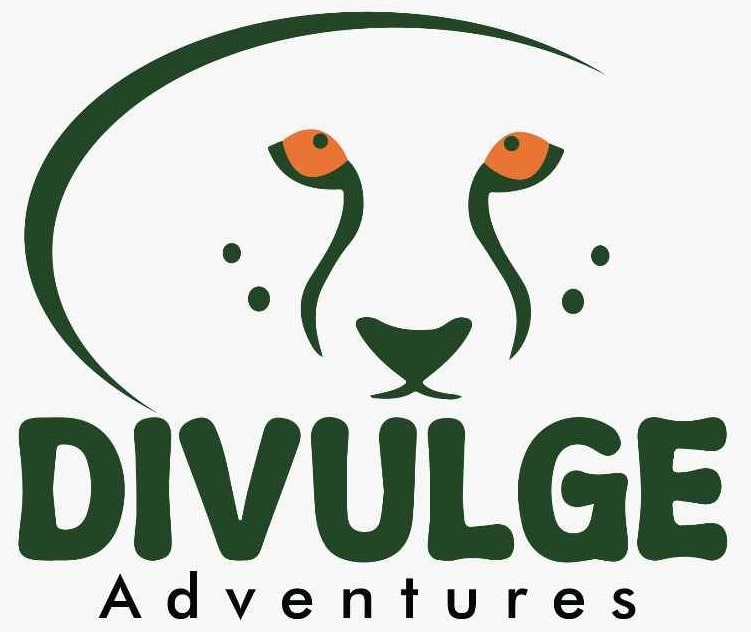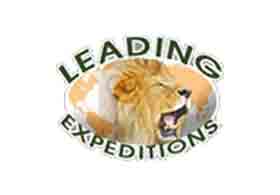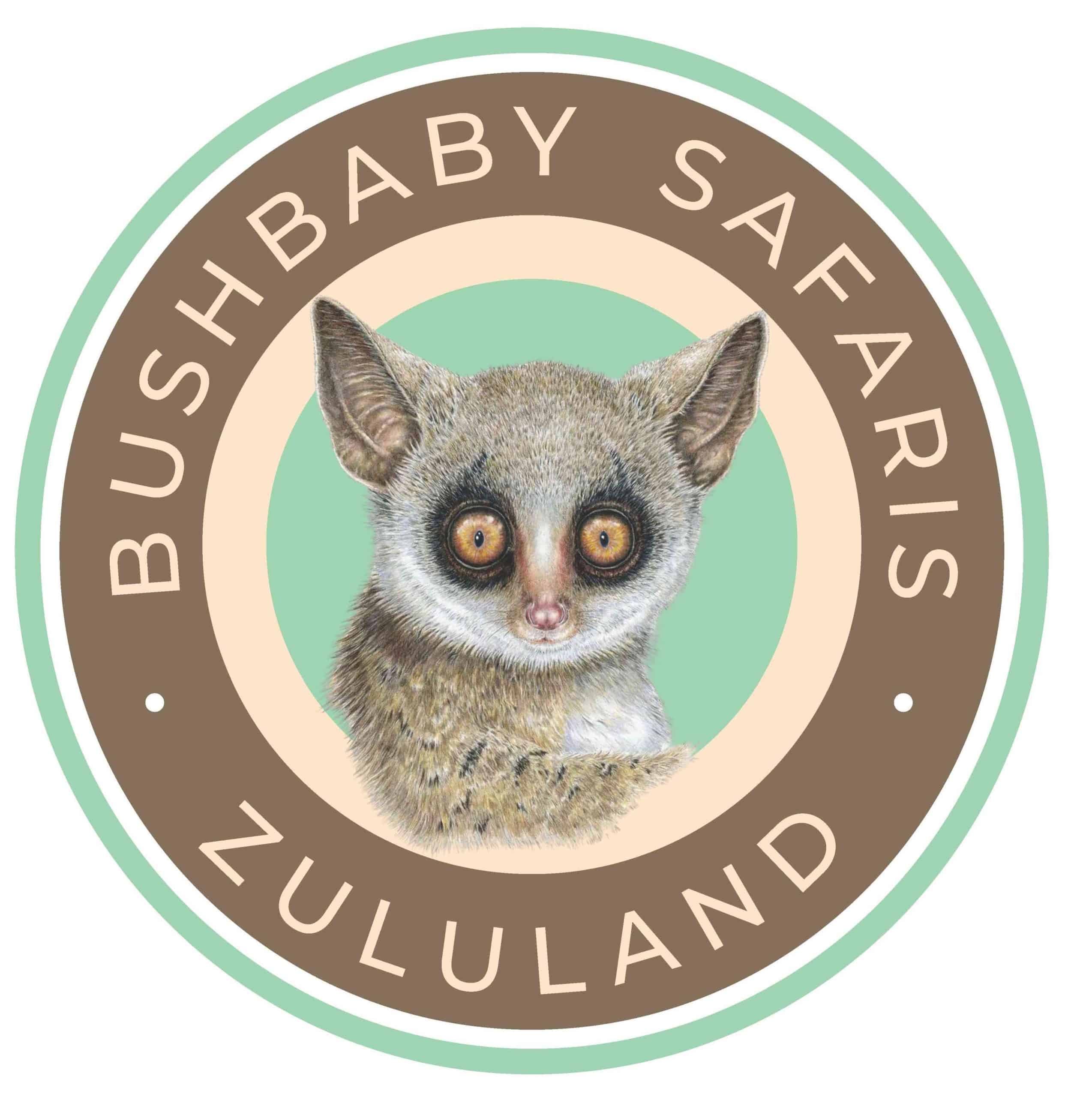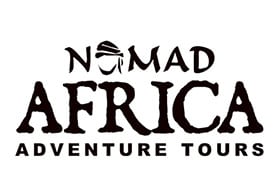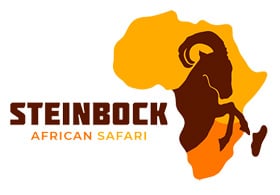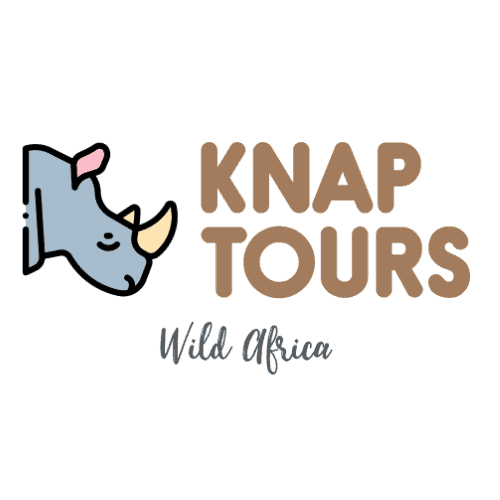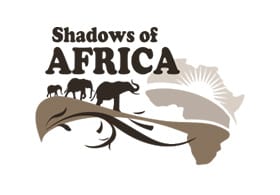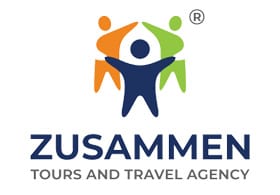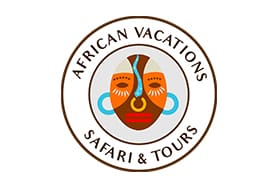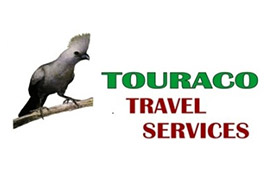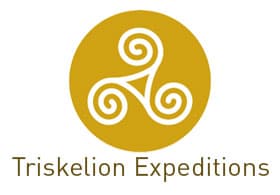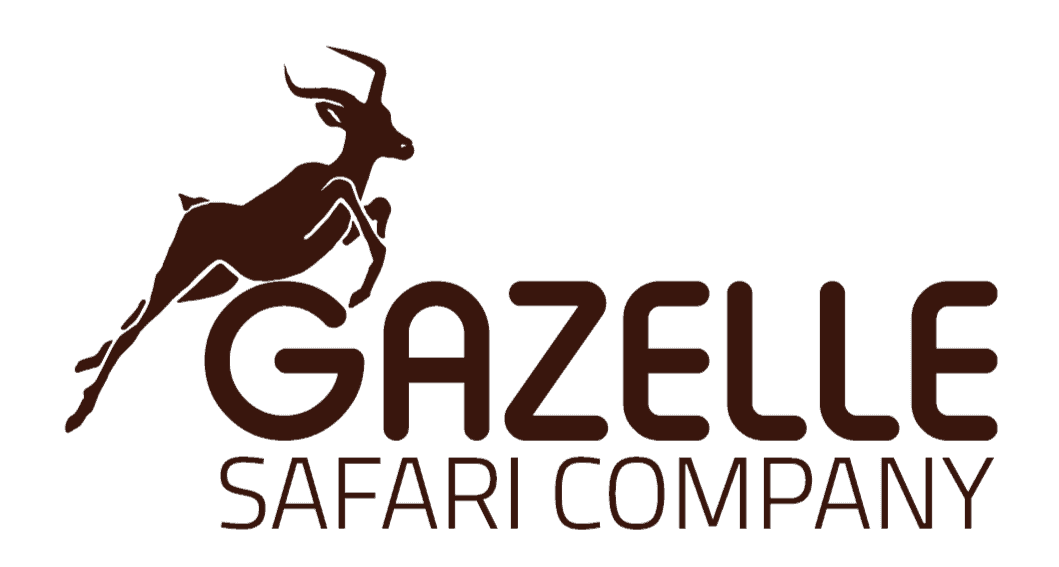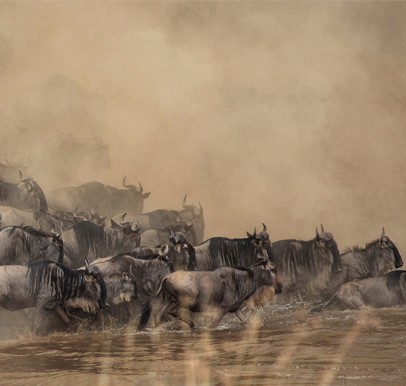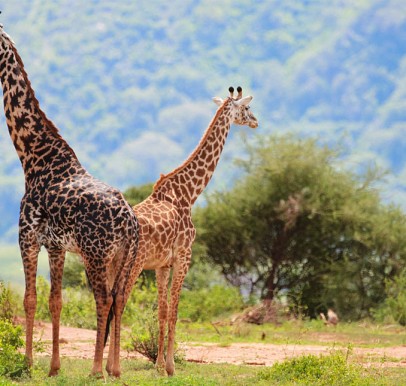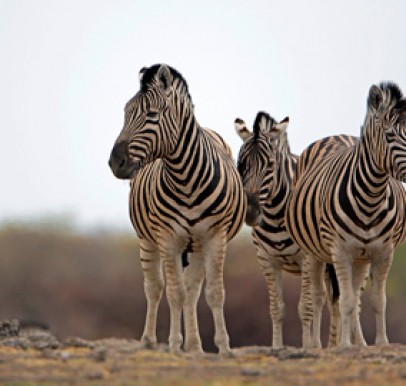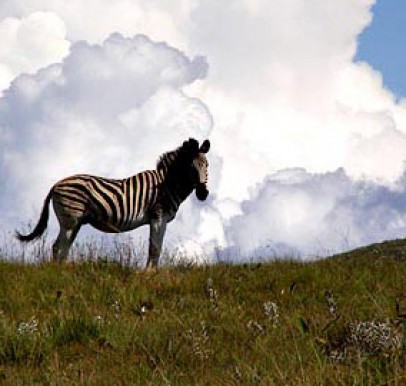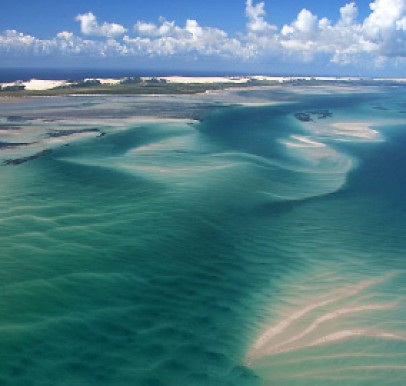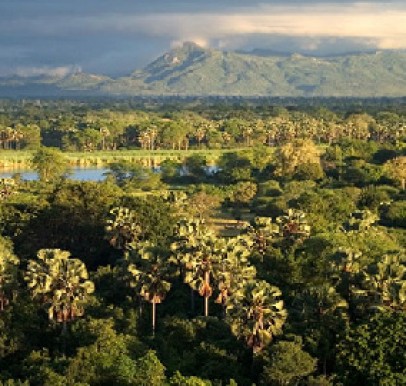available in South Africa
offering Safaris
Reserves and Wildlife
Areas
Overview
South Africa, located at the southernmost tip of Africa, is home to some of the richest biodiversity on earth, with numerous national parks and incredible landscapes ranging from mountains, lakes and oceans to winelands, game farms and deserts. With renowned highlights such as Table Mountain, Kruger National Park and big five safari areas, amongst numerous others, South Africa remains one of the world’s favourite safari destinations.
As well as the big game reserves and national parks, South Africa also has excellent private wildlife reserves such as the Timbavati, Sabi Sands, Amakhala, Shamwari and Kariega. And it’s not only about South Africa safaris, there is also its colourful history with many fascinating historical sites to visit such as Robben Island, where Nelson Mandela was imprisoned, the Natal battlefields and Apartheid Museum.
One of the most popular places for South Africa tours and safaris is Kruger National Park, one of the largest game parks in Africa, spanning both the Limpopo and Mpumalanga provinces. With an astonishing variety of species including 147 mammals, 507 birds, 114 reptiles and 336 trees, Kruger is situated in the Lowveld, with baobab, fever, marula and mopane trees. On a safari trip to South Africa, expect to spot the big five, as well as the little five and the birding big six, exploring on a wide variety of activities such as wildlife safaris, mountain biking trails, guided walking safaris, golfing and bird watching.
South Africa’s famed Garden Route is a panoramic stretch of coastline ideal for a slow paced self-drive. Technically it runs from Mossel Bay to Storms River, although many start well before Mossel Bay in beautiful Cape Town. Savour the scenic beauty of lakes, forests, lagoons, beaches and forest along the way, and enjoy the many outdoor activities and adventures on offer from hiking and water sports to whale watching and shark cage diving!
See Also: Wildlife in South Africa – African Safari Animals and Where to Find Them (Infographic).
South Africa Safari Travel Seasons
- Jun–Aug Low Season. Winter – temperatures can reach zero at night in places but days are generally sunny and warm. It’s the rainy season in Cape Town and the Western Cape. The ideal months for wildlife watching and prices should generally be low but watch out for school holidays (late June to mid July) as prices can increase.
- Apr–May, Sep & Oct Shoulder Season. Sunny spring and autumn weather, temperatures peak in late October. August is a great time for the Garden Route and Northern Cape as it is wild flower season while March onwards offers fantastic wildlife watching conditions.
- Nov–Mar High Season. Summer – peak times are early Dec to mid Jan, as well as around Easter. It is essential to book accommodation in national parks and on the coast well in advance during these periods – be aware that prices can rise by at least 50% in the most popular locations.
General Information
- Currency – South African Rand
- Languages – English, Afrikaans, Zulu, Xhosa, Swati, Tsonga, Tswana, Venda, Sotho, Ndebele
- Size – 1,221,037 sq km, five times larger than Great Britain
- Population: 55.45 million (2017)
Health and Safety
- Travel insurance is essential for all international travel. Click below to find out more:

- The CDC recommends the following vaccinations for South Africa: hepatitis A and typhoid. Check with your doctor which other vaccinations you might need and make sure your routine vaccinations are all up-to-date.
- Malaria is a risk in the northeastern regions so talk to your doctor about the best prophylaxis to take.
- The water from taps in most developed areas is of a high quality, but in rural areas stick to drinking bottled water.
- South Africa has a high crime rate but the majority of travellers visit without any incident – be sure to take basic safety precautions.
Pros
- 14 National Parks
- Huge diversity in landscapes
- Well connected international and internal flights
- Fabulous wildlife
- Rich history
- Well priced, wide variety of safari options
Cons
- Crime in urban centres
- Quite large distances between areas
- Availability during peak times
Arriving in South Africa
- South Africa is incredibly well connected to the world, with international airports in Johannesburg, Cape Town and Durban. Most visitors arrive in South Africa by air, often through the regional hub of Johannesburg.
- If you are already in the region then you can drive, bus or train in.
Getting Around
- South Africa is a large country with very specific tourism areas and distances between them can be large.
- There is a well maintained road network connecting the main safari areas, it’s the ideal country to self drive around.
- Easy to travel around with great internal flights on a wide range of competitively priced airlines.
- There are good transport link out of all airports including the excellent Gautrain from Johannesburg airport into central Johannesburg and Pretoria.
- Stunning train journeys between Johannesburg, Durban and Cape Town.
Visas
- Visitors from Commonwealth countries (including Australia, Canada and the UK), Western European countries, Japan and the USA are issued with a free, 90-day visitor’s permit on arrival.
- Ensure you have at least two completely blank pages in your passport.
- Please check for visa requirements as changes do occur – South African Visas >>
Login to your account
Register as a traveller if you are looking for deals
Register as a travel partner if you offer amazing safaris






